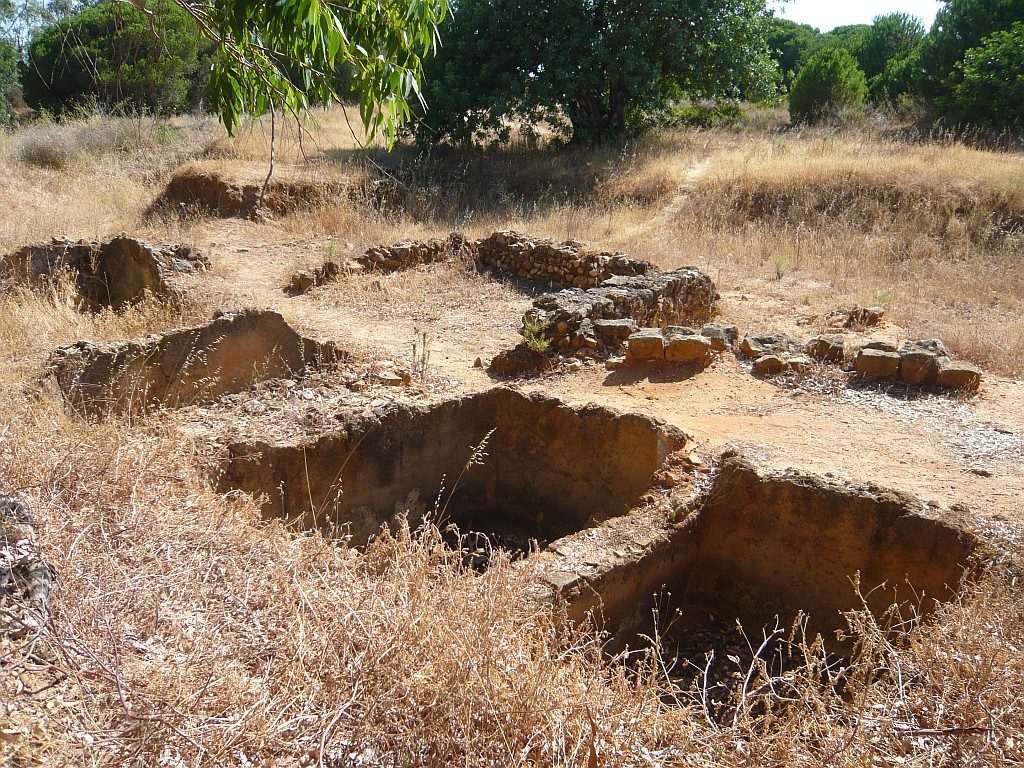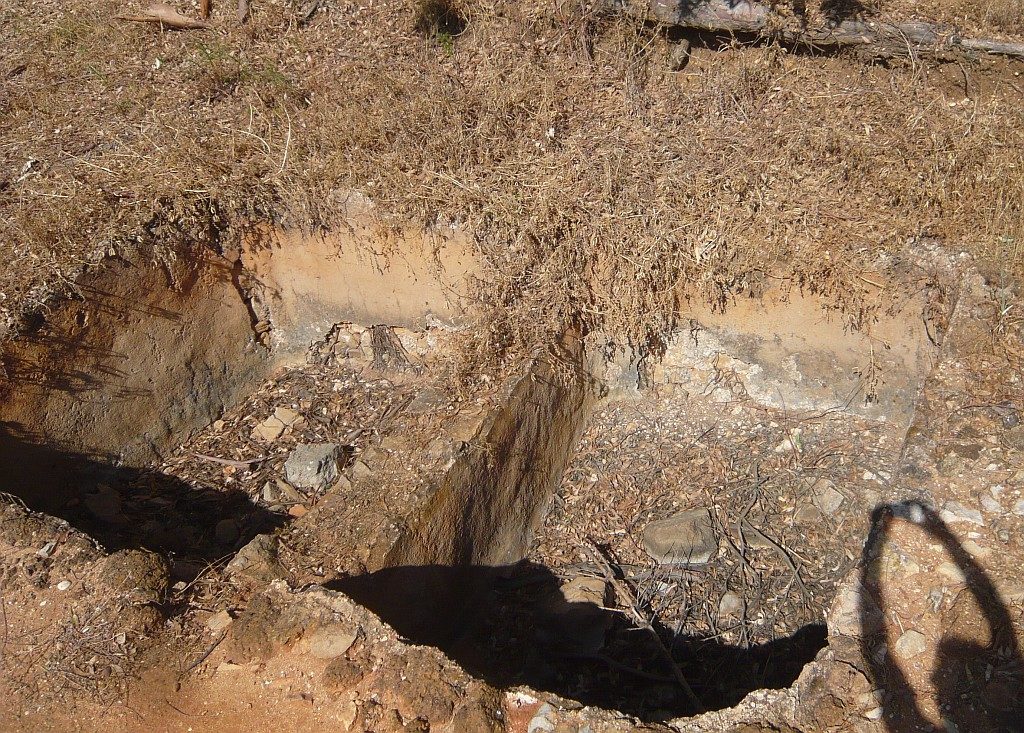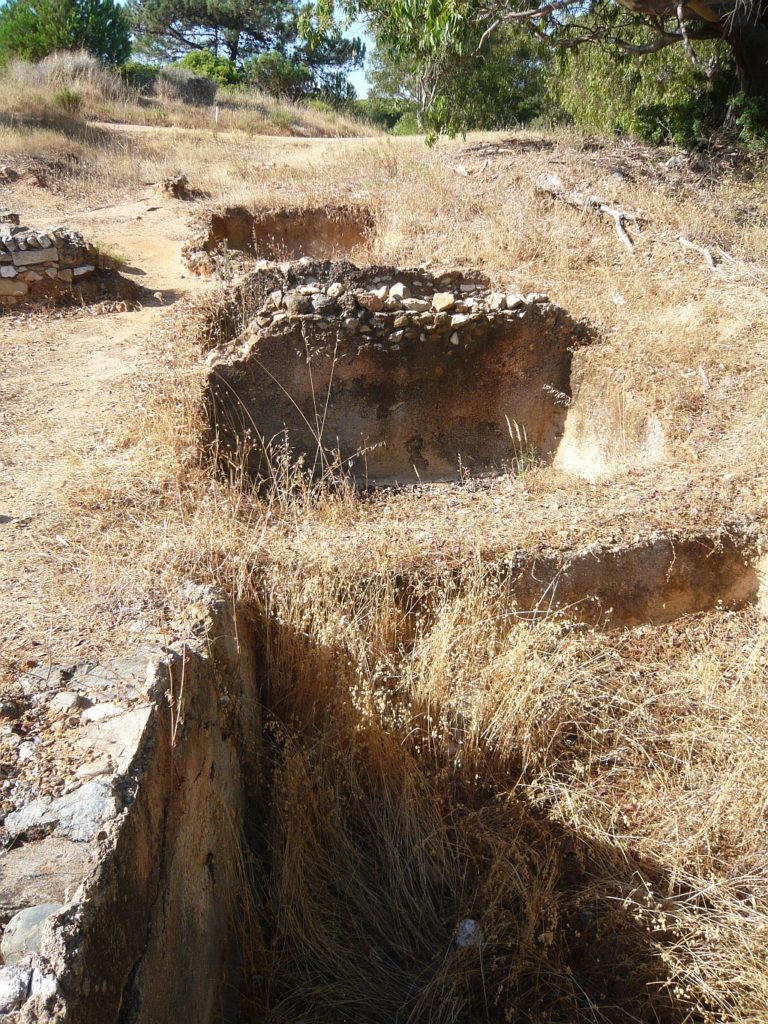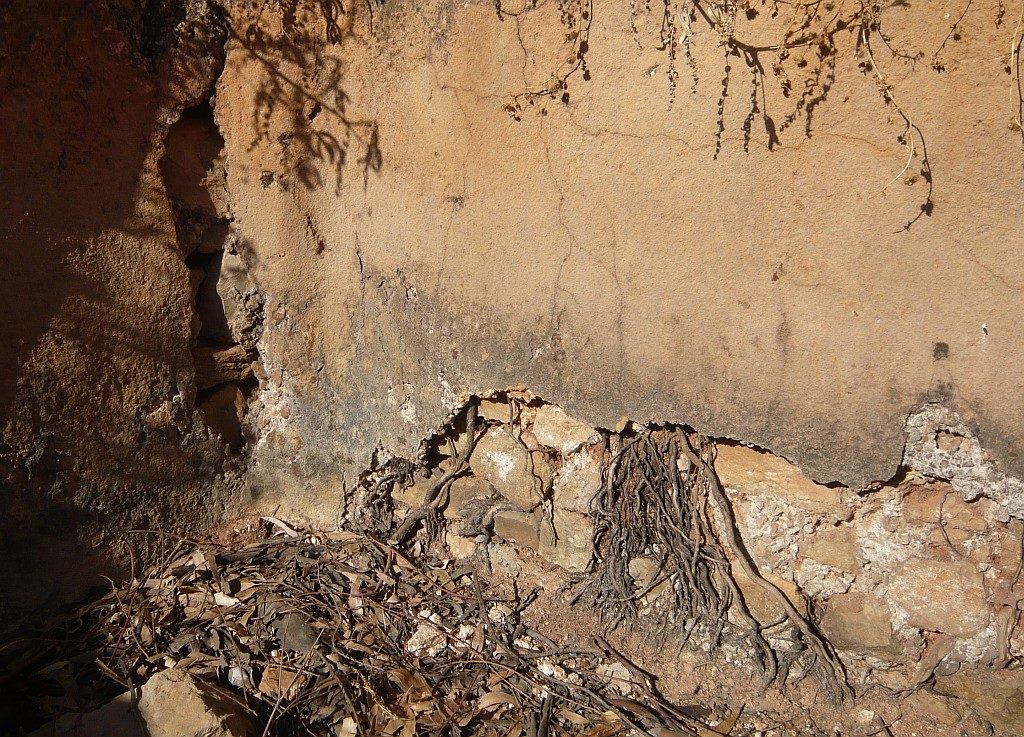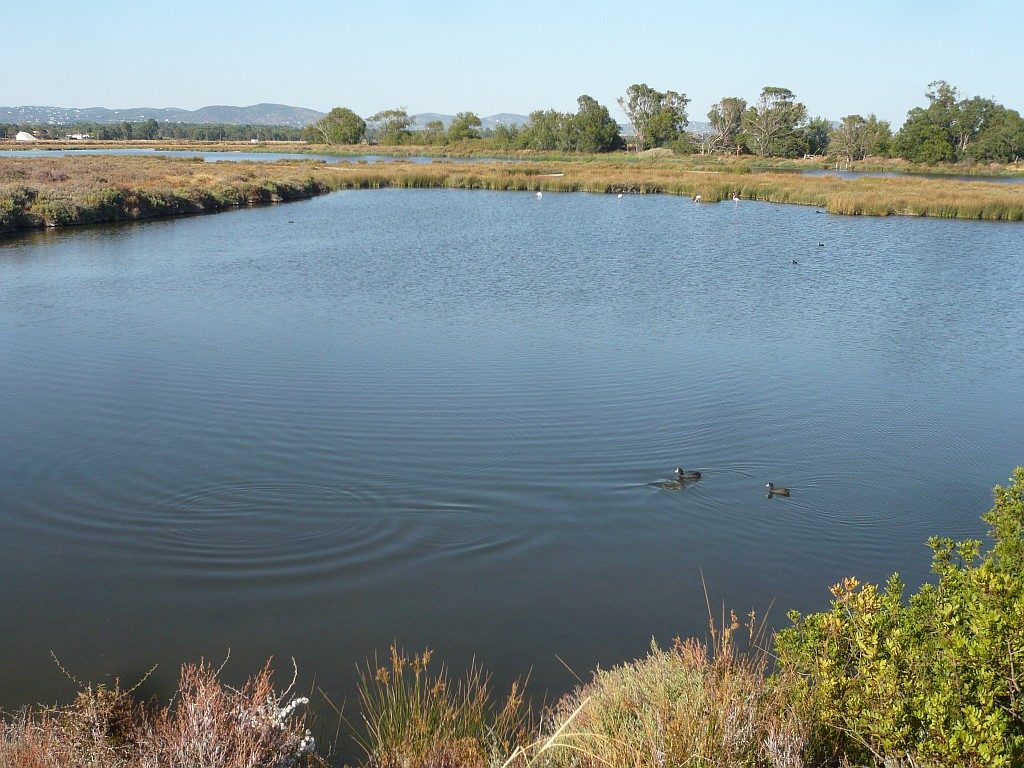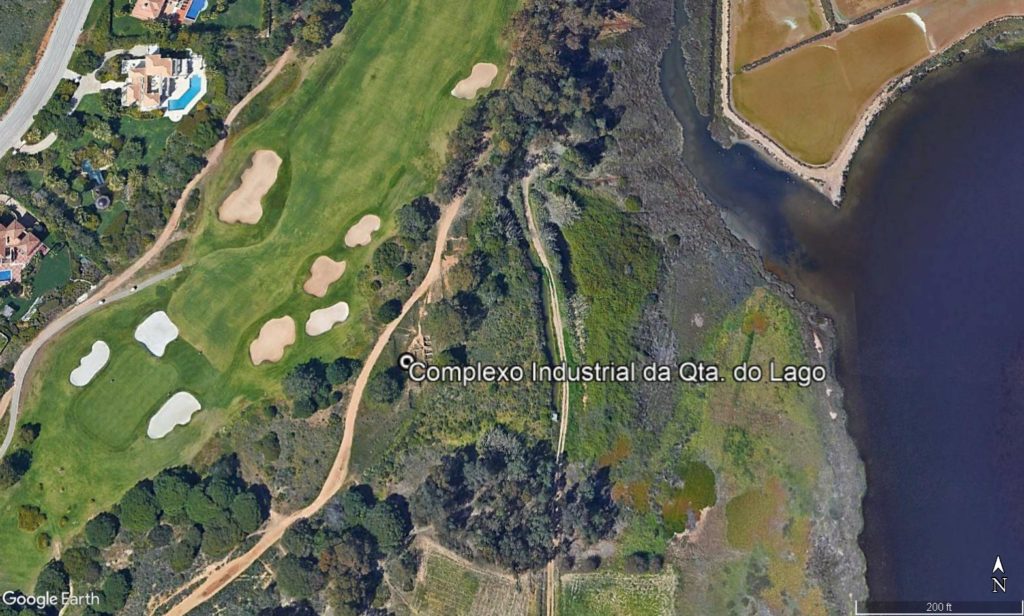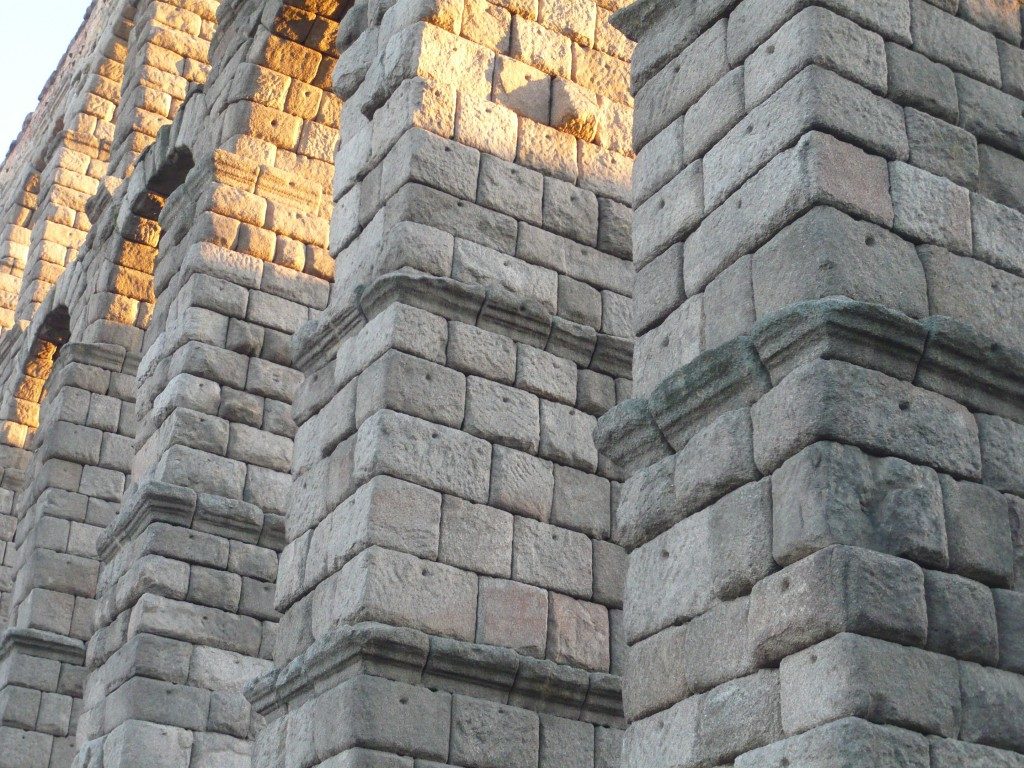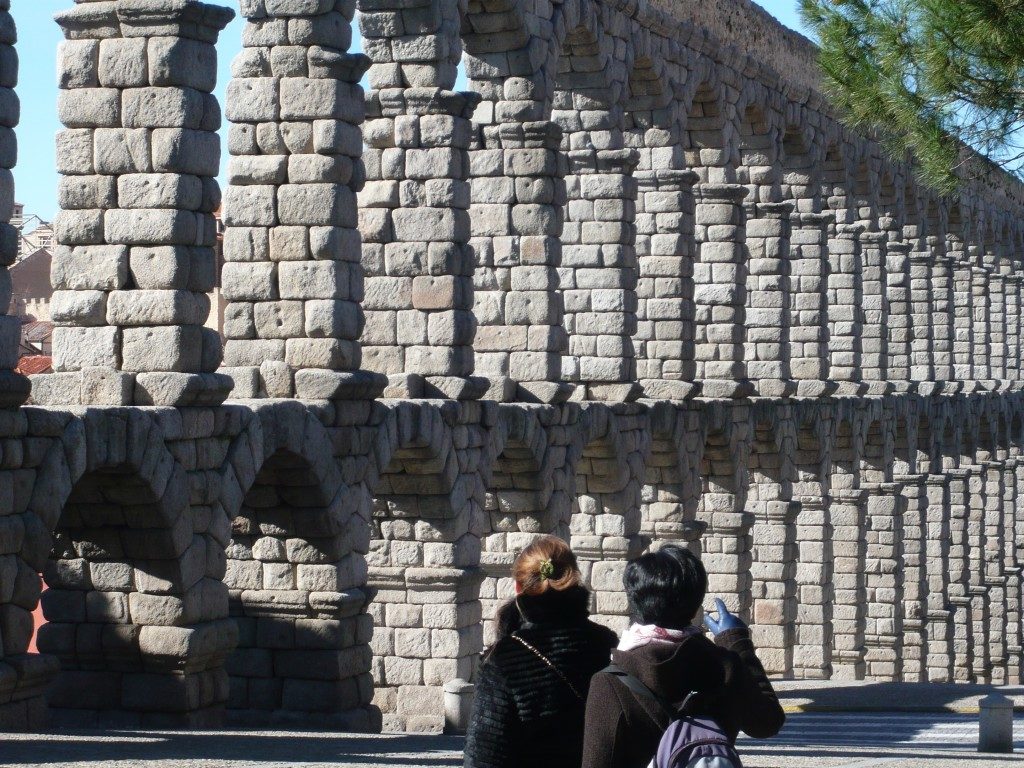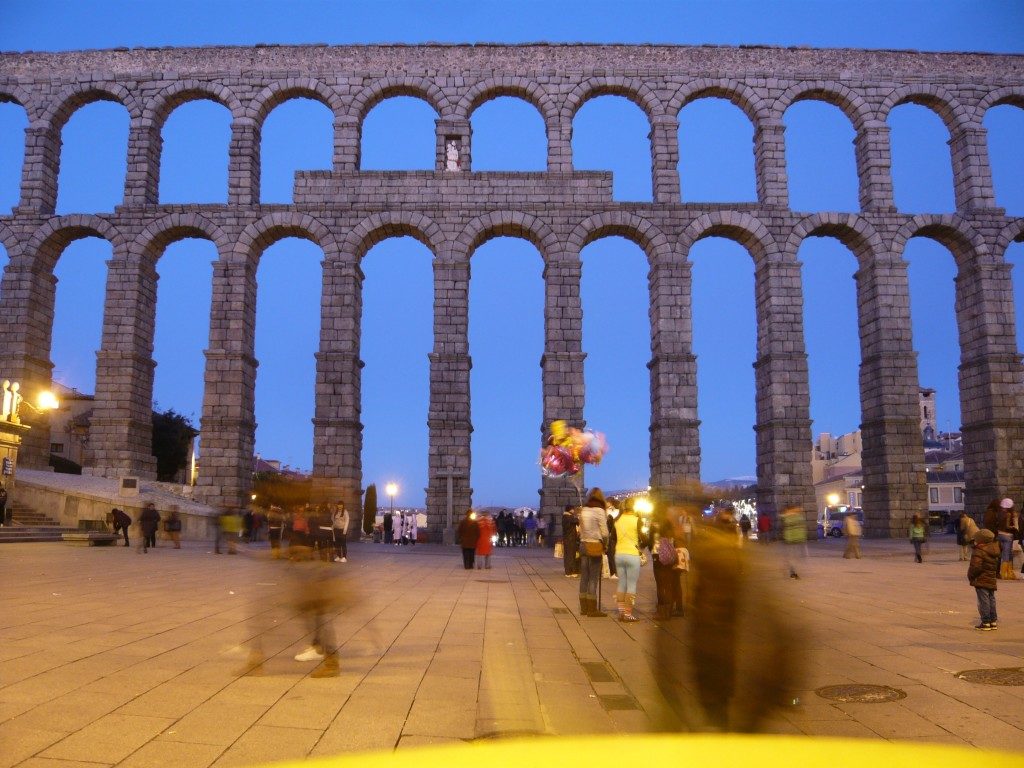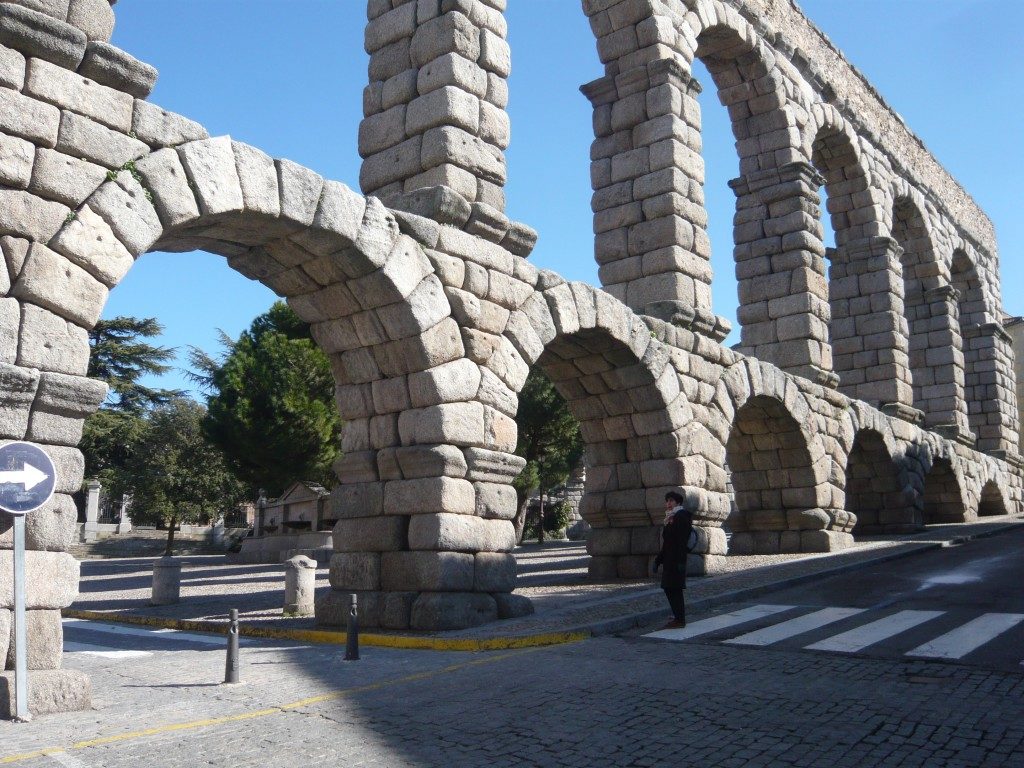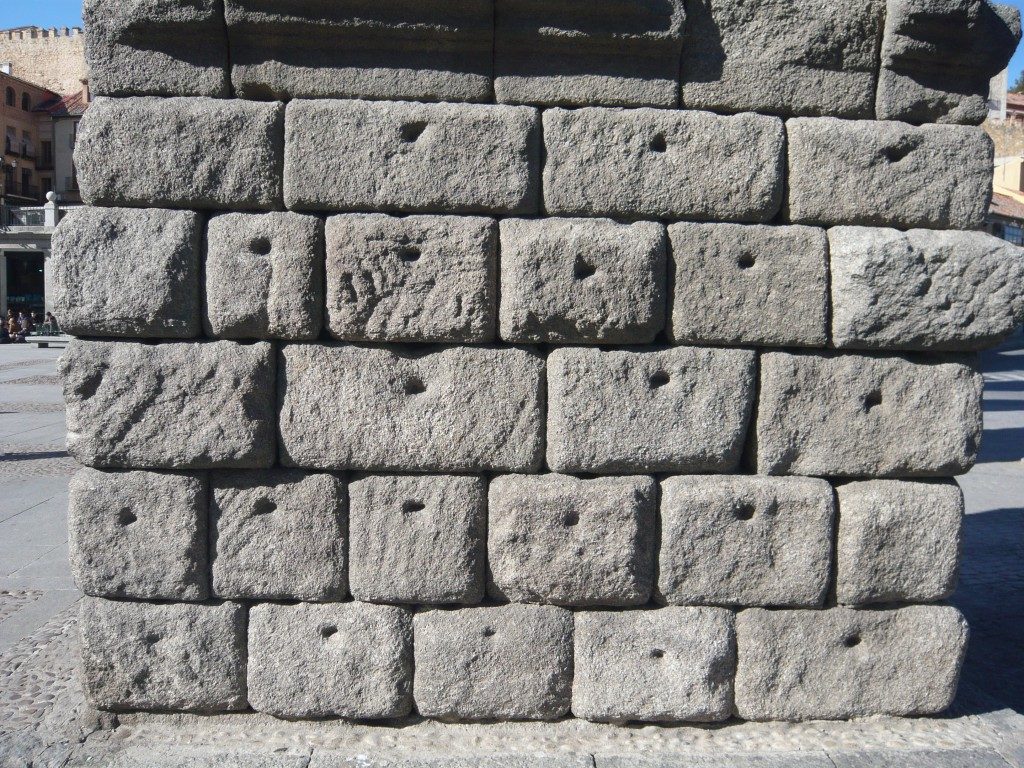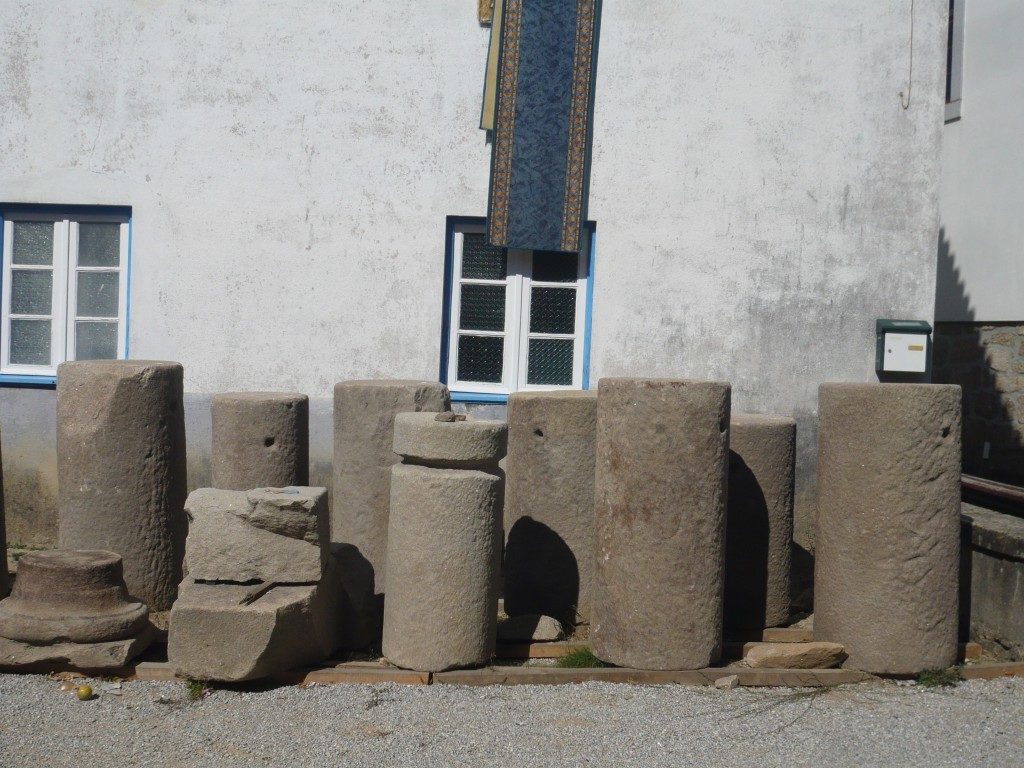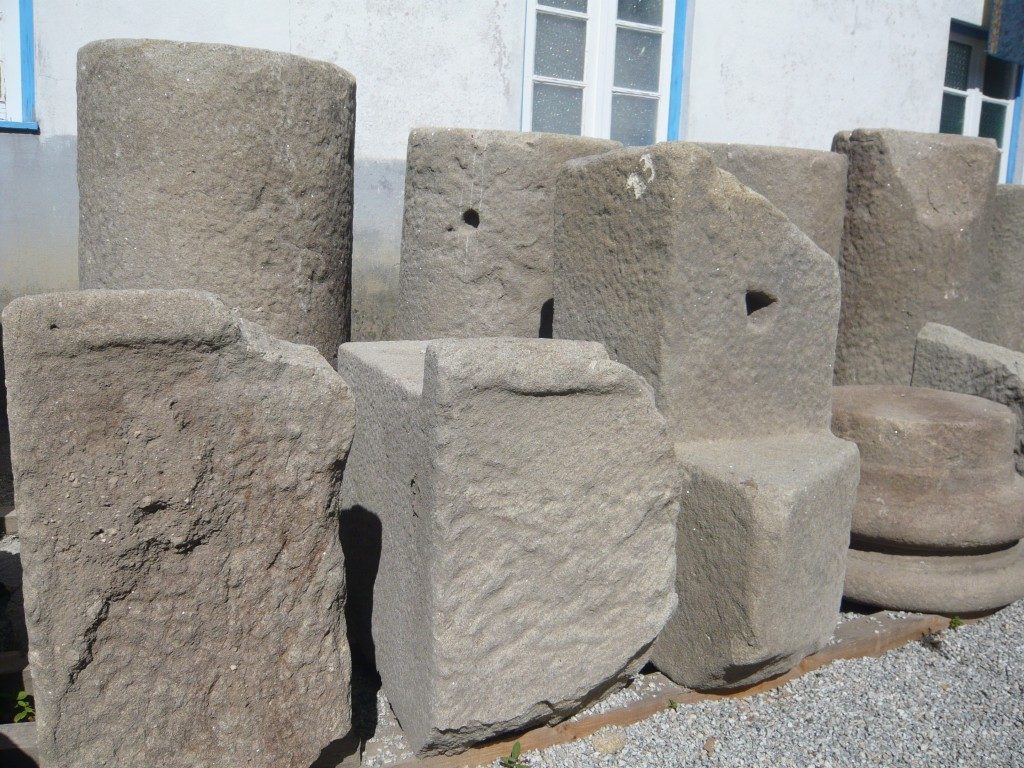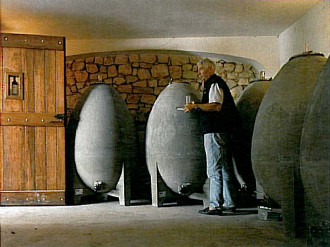(Originally published on August 22, 2014)
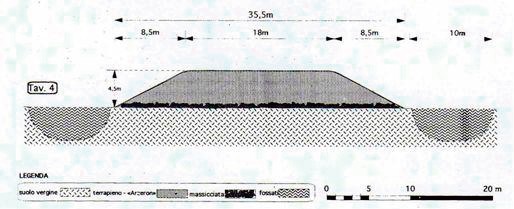
In an article published in 2009 – “Costruire strade in epoca romana: tecniche e morphologie. Il caso dell´Italia settentrionale ”, Michele Matteazzi of the Department of Archaeology at the University of Padua reviews the constructive panorama of the Roman roads in northern Italy, presenting the various techniques and morphologies identified during the archaeological excavations carried out in the region during the last century. This excellent compilation highlights on the one hand the wide variety of constructive techniques used by Roman engineering to overcome difficulties and on the other hand rebounds the great misconception that has plagued virtually all Roman road studies to date: the assumption that all the Roman roads were paved with great slabs of stone; This misconception originated in 1622 when Nicolas Bergier published his seminal work L’Histoire des Grandes Chemins de l’Empire Romain, when he (wrongly) considered a passage from Vitruvius that spoke of paving housing structures as a reference to the technique of road construction, proposing for the roads a stratigraphic sequence that became canonical, composed of statumen, rudus and nucleus; its persistence to this day is also linked to the little attention given to Roman road technique until very recently, as the traces have always pointed in another direction, ie the use of various construction processes and a wide variety of materials (often obtained in the vicinity of the work) arranged in successive layers which allowed a simpler and faster construction without losing its road efficiency. Given the importance that the article may have in the study of the road network in Portugal, I decided (with the proper permission of the author to whom I thank) to make its translation available in Portuguese. The article can be read in the Italian or Portuguese version.
